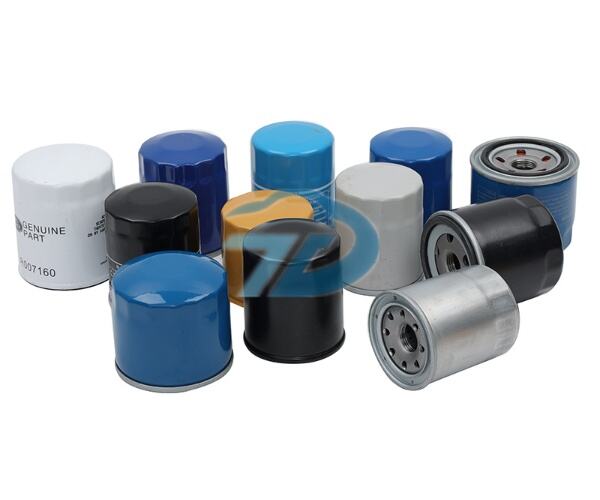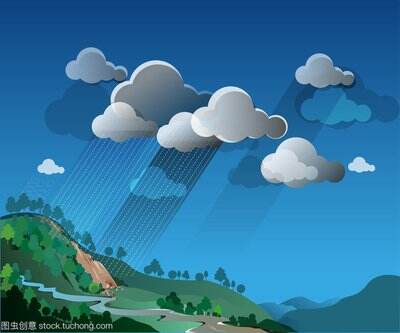Filtrləri seçərkən ekstremal hava şəraitini necə nəzərə almaq olar Azərbaycan
**How to consider extreme weather conditions when selecting filters**
In industrial production and daily life, filters play an important role as equipment components, filtering impurities and protecting the normal operation of the system. However, in the face of complex and ever-changing natural environments, especially extreme weather conditions, the selection of filters is particularly important. This article will explore from multiple perspectives how to fully consider extreme weather conditions when selecting filters to ensure stable operation and extend the service life of equipment.
1、 Understand the types and characteristics of extreme weather conditions
Extreme weather conditions include high temperature, low temperature, rainstorm, sandstorm, high humidity and other types. These weather conditions not only directly affect the operating environment of the filter, but may also have a serious impact on the material, structure, and performance of the filter. For example, high temperature environments may accelerate the aging of filter materials, reducing their filtration efficiency and service life; Low temperature environment may cause ice formation inside the filter, affecting normal filtration function.
2、 Evaluate the operating environment of the filter
Before selecting, a detailed evaluation of the filter's operating environment must be conducted. This includes understanding the frequency, intensity, and duration of extreme weather in the region, as well as the specific operating status of the equipment under extreme weather conditions. For example, for filters exposed to high temperature environment all the year round, high temperature resistant and anti-aging materials need to be selected; For filters used in cold regions, their antifreeze performance needs to be considered.

3、 Consider the selection of filter materials
The material of the filter is one of the key factors determining its performance. Under extreme weather conditions, materials with excellent weather resistance, corrosion resistance, and stability should be prioritized. For example, for high-temperature environments, synthetic fibers or metal filters that are resistant to high temperatures can be chosen; For low-temperature environments, special materials with frost resistance can be selected. In addition, attention should be paid to the compatibility of materials to ensure that the filter material does not undergo chemical reactions with the filtered medium.
4、 Pay attention to the filtration efficiency and resistance of the filter
Under extreme weather conditions, the filtration efficiency and resistance of the filter will directly affect the normal operation of the equipment. On the one hand, excessive resistance will increase equipment energy consumption and reduce system efficiency; On the other hand, low filtration efficiency cannot effectively remove impurities, causing damage to the equipment. Therefore, when selecting, the appropriate filtration accuracy and resistance range should be chosen according to actual needs to ensure that the filter can maintain good filtration performance even in extreme weather conditions.

5、 Consider maintenance and replacement of filters
Extreme weather conditions not only affect the selection of filters, but also place higher demands on their maintenance and replacement. When choosing a filter, attention should be paid to whether it is easy to install, disassemble, and clean. At the same time, the service life and replacement cycle of the filter should also be considered to ensure timely replacement of aging filters in extreme weather conditions and avoid equipment shutdown due to filter failure.
6、 Drawing on industry experience and standards
In the process of filter selection, relevant industry experience and standards can be referenced. By understanding the usage of filters in extreme weather conditions within the same industry, more practical experience and lessons can be gained, providing reference for selection. At the same time, reference can also be made to the filter standards and specifications established by the country or industry to ensure that the selected filter meets relevant requirements.
7、 Strengthen real-time monitoring and early warning
To cope with the impact of extreme weather conditions on filters, real-time monitoring and warning systems can be strengthened. By installing sensors and monitoring equipment, the working status and performance parameters of the filter can be monitored in real time, potential problems can be identified in a timely manner, and corresponding measures can be taken. In addition, a warning mechanism can be established to prepare in advance for extreme weather and reduce the risk of filter damage.

In summary, it is crucial to fully consider extreme weather conditions when selecting filters. By understanding the characteristics of extreme weather types, evaluating the operating environment, selecting suitable materials, paying attention to filtration efficiency and resistance, considering maintenance and replacement, drawing on industry experience and standards, and strengthening real-time monitoring and early warning measures, it is possible to ensure that the filter can maintain stable operation and good performance even in extreme weather conditions. This not only helps to extend the service life of the equipment, but also reduces maintenance costs and improves production efficiency.

 EN
EN







































